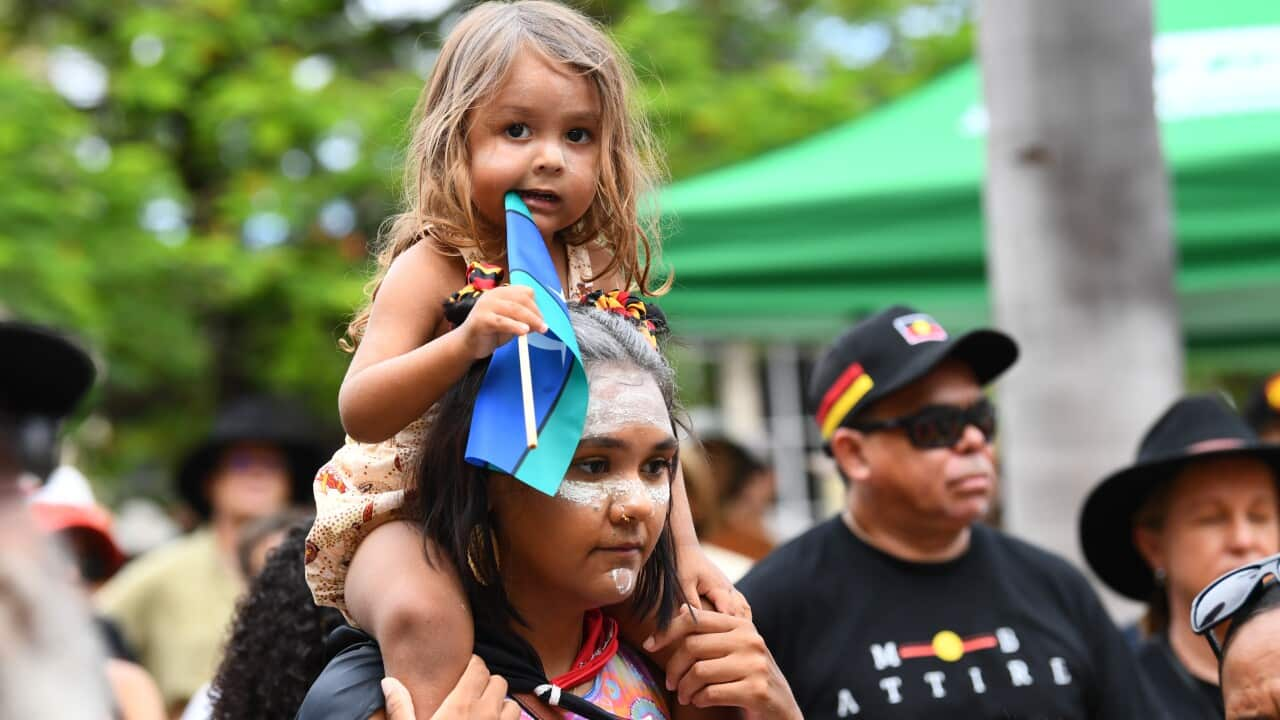Apprenticeships are an ideal way to earn, learn and build a life in a new country. Structured training is combined with practical work experience with an employer.
An apprenticeship usually takes between two and four years to complete and leads to nationally accredited qualifications in many professions.
Meredith Stuebe from Western Sydney Migrant Resource Centre says her organisation is a good place to start looking for an apprenticeship.
Apprenticeships are an ideal way to earn, learn and build a life in a new country. Structured training is combined with practical work experience with an employer.
“We’ve had had some youth clients come to us asking how to access an apprenticeship and we refer them on to either TAFE or a private provider and encourage them to find an employer through their own networks and on-line job sites.”
Meredith Stuebe says that case workers from Western Sydney MRC are willing to help young migrants with writing a CV but she acknowledges that a lack of English can slow down the process of finding employment and an “English is a difficulty and that’s why there might be a delay for some young people looking for apprenticeships whilst they build up their English capacity.”
Australia's largest training provider is TAFE which stands for Technical and Further Education. Craig Robertson is the Chief Executive Officer of TAFE Directors Australia. He says young migrants looking for an apprenticeship should contact their local TAFE careers advice officer and discuss what they would like to do. The careers advisor will then try to match them up with employers looking for apprentices. Craig Robertson says TAFE organisations also help new arrivals with improving their language skills.
“One obligation on all registered training organisations, including TAFEs, of course, is that if people have challenges with the English language and in writing they can organise supplementary training course to help them along their way.
Australia’s TAFE network operates more than 1000 campuses across metropolitan, regional and remote locations. TAFE institutions are known as either colleges or institutes, depending on the state or territory.
Craig Robertson says many careers started at TAFE.
“TAFEs in Australia have delivered qualifications that cover 60 to 70 per cent of jobs in the Australian economy. And they can range from building and construction, but they can be business services, they can be child care, aged care, enrolled nursing, and a whole range of study.”
And best of all, for most new arrivals, TAFE courses are free, says Craig Robertson.
“Particularly for new arrivals, the government pays for the majority of those courses – it varies a bit between states and territories – but if the person is on some form of support from the government there is generally no fee.”
The National Apprentice Employment Network is a private organisation offering apprenticeships. Lauren Tiltman is NAEN’s National Executive Officer. She explains what her organisation has to offer.
“Our organisation looks after approximately 50 organisations that specialise in the employment of apprentices and trainees. They employ about 25-thousand apprentices and trainees across Australia. About 12 per cent of all apprentices and trainees are employed by one of our members.”
Lauren Tiltman says the member companies of her organisation focus on delivering entry level training for many industries.
“The model of group training is that the member organisation employs the person as an apprentice or a trainee and they have partner organisations that teach them the on-the-job requirements of the apprenticeship. So, if somebody wants to be an automotive mechanic, our member would employ them but they would go out and work in a workshop to get the on-the-job experience.”
Lauren Tiltman says the members of the National Apprentice Employment Network are happy to give young migrants and new arrivals a helping hand in getting job qualifications and finding work.
Particularly for new arrivals, the government pays for the majority of those courses – it varies a bit between states and territories – but if the person is on some form of support from the government there is generally no fee.
“So their focus is really about getting people who are not in work into work and particularly people who have additional needs, whether it be language, whether it be coming from an disadvantaged background or a migrant background. They specialise and are able to support those people.”
Lauren Tiltman says that there are vacancies for apprentices in many Australian industries and jobs are often advertised on social media or online job sites. However Meredith Stuebe from Western Sydney Migrant Resource Centre is not so optimistic about the job prospects of young migrants. She thinks that the government could do more to help new arrivals into work and apprenticeships.
“I think there is scope for improvement. One of the biggest issues we’re seeing is trying to find an employer to take them on which is obviously the first big step in getting an apprenticeship and I think if there was more support for new arrivals in that, then that would be a huge help.”




